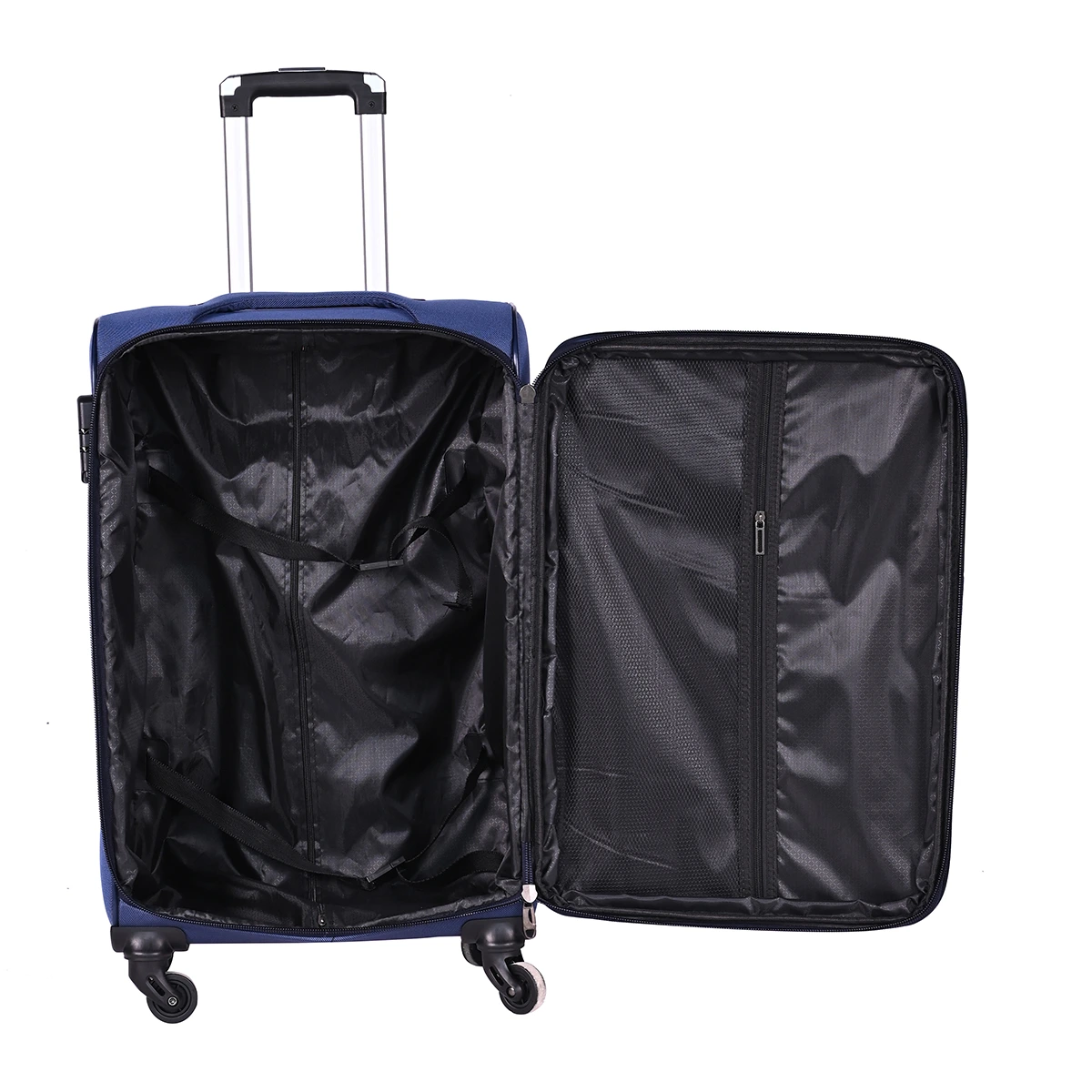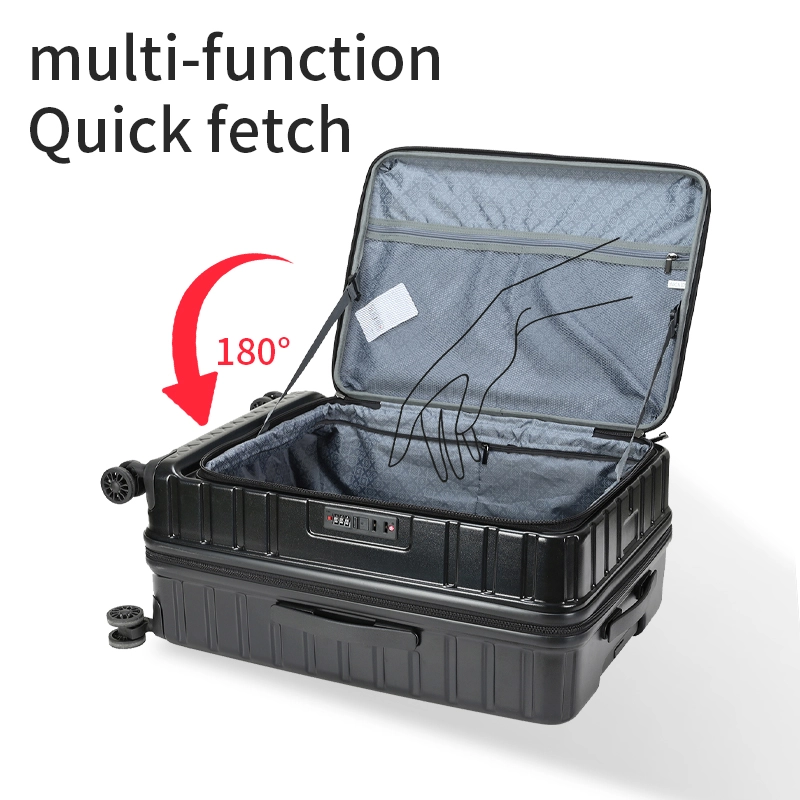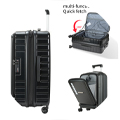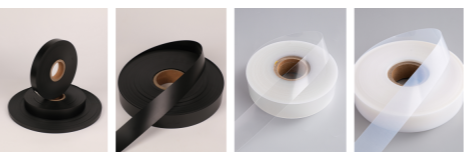Tropical Travel Essentials: Choosing Breathable Lining to Prevent Mold
Tropical Travel Essentials: Choosing Breathable Lining to Prevent Mold

Visiting warm, wet places creates special problems. Strong dampness, unexpected heavy rains, and constant high temperatures can harm your bags and the things inside them. Without good shielding, wetness gathering inside invites fungus growth, bad smells, and harm to clothes or gadgets. Solving these troubles depends on breathable linings. These are made to let air move, pull away wetness, and keep contents clean and fresh. Knowing how letting air through works is vital. This involves material picks and clever design aspects. They make sure your equipment remains dry and long-lasting. This holds true even in the hardest weather. You might journey often. Or you might be arranging a trip to a hot, wet area. Putting money into luggage with good air flow is easy. Yet, it is a very important move for easy, worry-free trips.
Why Is Breathable Lining Important for Tropical Travel?
Going to hot, wet locations means facing extreme dampness, regular rain, and very high heat levels. These situations can badly affect your bags and what’s inside. This happens if you do not handle them correctly. Picking sacks with linings that let air pass is one top method. These are made exactly for such weather.
The Impact of Humidity on Travel Gear
In tropical settings, extreme dampness fills the air. It also gets into your luggage. This gathering wetness makes a perfect place. Here, germs and fungus can grow well. Clothing, electronic devices, and even papers can get ruined. This occurs if they are kept in sections that do not let air in. Such sections hold heat and wetness inside.
How Poor Ventilation Leads to Mold Growth
Bags made from stuff without good air flow trap sweat, condensed water, and outside wetness inside. This still, unmoving air helps fungus spores settle down. They then multiply fast. Fungus growth causes bad scents. It also brings possible health dangers. Furthermore, it harms fabrics.
Benefits of Breathable Materials in Hot and Humid Climates
Linings that let air pass permit air movement through the material. This helps trapped wetness evaporate. It happens before the wetness causes trouble. In tropical spots, sudden heavy rains or steady sweating happen often. Materials that let air through help keep the inside area dry. They also lower the chance of fungus marks on clothes. Plus, they prevent stale smells during long storage times.
Pengteng knows these weather-linked difficulties well. They create their luggage with highly effective breathable linings. These fight damage caused by dampness very well.
What Materials Offer the Best Breathability?
Choosing luggage with the right stuff makeup is key. This is when getting ready for journeys to hot, wet regions. Not all materials work the same under warm, moist conditions.
Natural vs. Synthetic Linings: Pros and Cons
Natural threads like cotton give superb air passage. However, they often hold onto wetness. This might lead to fungus if not dried correctly. Man-made choices like polyester or nylon mixes often include air flow parts. Or they have coverings that improve air movement. At the same time, they fight water soaking in.
Features to Look for in Moisture-Wicking Fabrics
Search for linings called “moisture-wicking” or “quick-dry.” These materials are built to pull wetness away from stored objects. They also help faster drying periods. Net sections built into the lining boost air flow more. They do this by growing the surface area open to moving air.
Commonly Used Breathable Linings in Travel Bags
Well-liked breathable stuff includes polyester insides lined with net, hole-punched EVA foam sections, and man-made threads handled with germ-fighting agents. These mixes give strength. They also encourage better air flow inside storage areas.
Pengteng uses modern man-made linings with net zones in their sacks. They find a middle point between toughness and good air flow. This is made for hot travel requirements.
How Can You Identify Mold-Resistant Features in Luggage?

Stopping fungus starts with spotting design parts. These discourage wetness build-up and tiny life form growth.
Key Indicators of Anti-Mold Design
Luggage fighting fungus often has aspects like water-fighting zippers, lifted bottom pads (to dodge touch with wet floors), and inside separators made from fast-drying stuff. These small points stop water from gathering inside or under the sack.
Importance of Airflow Channels and Mesh Panels
Air movement paths built into storage areas permit steady flow. This happens even when the bag is shut. Net panels do two jobs. They keep items neat. They also let air go freely between them. This reduces warm spots where fungus could start.
Role of Antimicrobial Treatments in Mold Prevention
Many current travel sacks are handled with germ-fighting coverings. These stop bacterial growth on material surfaces. These coverings make the bag last longer. They also keep things clean during long trips through damp areas.
Pengteng adds germ-fighting linings. They also put net air flow zones in smart places. This makes sure your items stay dry, clean, and guarded against fungus dangers all through your hot journey.
What Maintenance Practices Help Prevent Mold During Travel?
Even the best-made sack needs correct care while being used. This ensures top work in damp surroundings.
Proper Packing Techniques for Humid Environments
Do not fill your luggage too full. Overfilling limits air flow between objects. Use packing boxes made of breathable net. These divide clothes and allow air movement inside sections. Always pack wet clothes apart in water-blocking bags. Keep them there until fully dried.
Cleaning and Drying Tips for Extended Trips
After contact with rain or sweaty actions, wipe inside and outside surfaces. Use a clean piece of cloth. Leave sections open overnight when you can. This allows air to move naturally through them.
Storage Recommendations Between Uses
When not traveling, keep your sack in a cool, dry spot. Avoid direct strong sunlight or shut storage areas that hold heat. Leave zippers a little open. This lets air move through inner spaces without blocks.
Pengteng’s design thinking backs simple upkeep. They provide quick-drying insides and divided storage answers. This makes cleaning up after a trip straightforward. It works even after weeks in hot weather.
How Does Bag Design Influence Air Circulation?
The shape of a travel sack is very important. It affects how well it handles inner air movement. This is a key part when journeying through warm zones.
The Role of Compartments and Ventilation Zones
Many sections stop too much crowding of objects. Set-aside air flow areas help steady air movement all through the inner space. This is extra important when holding damp clothes or tools after outside fun.
Comparing Open vs. Sealed Interiors
Sacks with closed insides might give better water blocking. But, they often do this by losing air flow. This is true unless they have vents or liners built to let trapped air out well.
Zippered Vents and Their Effectiveness
Zippered vents work like small windows for your sack. They let you open them when you want extra air flow. Doing this does not weaken safety or shape while moving.
Pengteng makes sacks with smartly placed zippered vents. They also use divided plans. These maximize air shifting without losing safety. This is perfect for living through tropical situations easily.
Who Is Pengteng and Why Choose Them as Your Supplier?
Picking a dependable provider ensures good item quality. It also gives calm feelings on every trip. This is especially true for trips through difficult weather like the tropics.
Overview of Pengteng’s Expertise in Luggage Manufacturing
Pengteng has many years making strong travel items. They focus on creating luggage designed for actual use. This includes harsh weather found in tropical zones.
Commitment to Quality, Innovation, and Breathable Design
Pengteng puts weight on new ideas. They add breathable linings, fungus-fighting coverings, body-friendly shapes, and changeable section systems. All are shaped for traveler ease across different surroundings.
Why Travelers Trust Pengteng Products for Tropical Conditions
From germ-fighting handling to net-lined insides made best for air movement, Pengteng items always give good results under stress. They earn faith from worldwide travelers. These people put hygiene, long life, and smart design first. This is when they explore damp places.
Conclusion
Traveling to hot, wet places asks for more than just good-looking luggage. It needs careful building focused on fighting heat, dampness, and tiny life form dangers directly. By picking sacks fitted with breathable linings, air flow paths, and germ-fighting handling, you ensure ease and safety all through your trip. Proper care is also key. With its promise to new ideas made just for such tests, Pengteng stays a trusted partner. They bring solid answers wherever your next exciting trip leads you.
FAQs
Q1: What causes mold to form inside travel bags?
A: Fungus forms because trapped wetness joins with bad air flow inside sealed sections. These conditions happen often during tropical travel. They occur if luggage lacks lining parts that let air through.
Q2: Are breathable linings enough to prevent mold entirely?
A: They greatly lower the danger by helping air move. Yet, joining breathable linings with correct care habits offers the best guard. An example is drying equipment quickly to fight fungus growth.
Q3: Can I retrofit my current bag with breathable features?
A: Copying factory-added parts like net sections is hard. Germ-fighting coverings are also difficult to add later. But, using breathable packing boxes helps. Putting in silica gel packs can better inner air movement for a short time between journeys.









